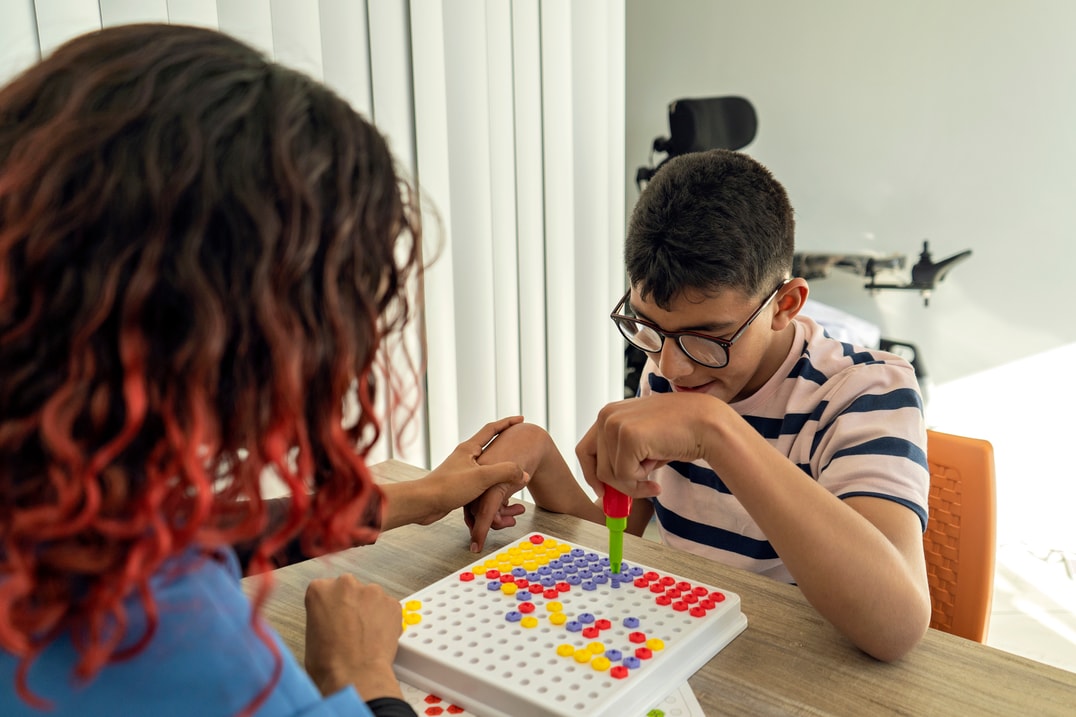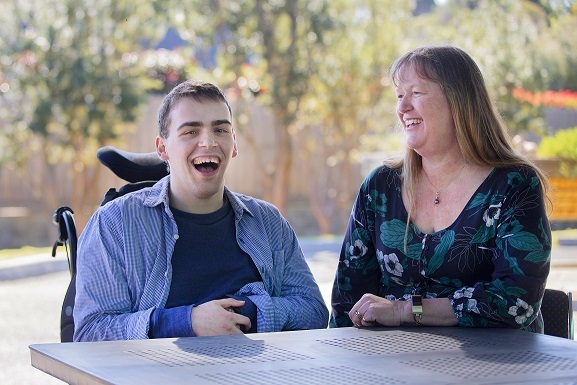Since the National Disability Insurance Scheme (NDIS) was introduced in 2013, it has been rolling out in Australia to make it fairer for people with a disability to access funding.
By 2020, it should be available in all cities and regional areas of the country.
There’s still a bit of confusion around the NDIS – particularly about who’s eligible, what types of things can be paid for, and how you get funding. Let’s take a look at some of the important things you need to know so you can get the most from the program.
1. Work out if you are eligible
To be eligible for the NDIS, the first thing you need to check is whether it’s available in your area! Most areas of Australia are now covered – you can check to see if it’s in your local area on this map.
Now that you know whether you can access the NDIS where you live, just make sure you meet these eligibility criteria. You must:
- Be aged between 7 and 65 (note: help is available for kids under 7);
- Live in Australia and have residency here; and
- Have a permanent or significant disability or need support now to reduce your likelihood of support down the track.
If you’re not sure whether you or a family member will qualify for the NDIS, you can call the National Disability Insurance Agency (NDIA) on 1800 800 110. This agency is your first port of call when applying for the NDIS so you’ll need to speak to them at some stage, anyway.
2. Do your research
The NDIS covers a wide range of disability supports, services, and equipment. It provides funding to help you do things that improve your quality of life, make you more independent, and achieve your goals. This could be to help you find a job, find a place to live, or join in community activities. There are many different types of support.
The more you know about what’s possible with the NDIS, the more empowered you are to make it work for you. A good place to start is the NDIS website.
3. Keep it real
Just because your NDIS funding lasts until you are 65, it doesn’t mean your plan has to stay the same for the whole time. You might find that your goals have changed, or perhaps thanks to some excellent therapy you’re less reliant on a service or support.
Given this, it’s a good idea to review your plan at least once a year.
4. Perfect your plan
A core component of the NDIS is your NDIS plan, which is developed at a planning meeting. This plan is about you and your goals – and it spells out the supports you’ll receive to help you achieve them. Your plan has two sections: how you will achieve your goals; and how you will be supported.
Planning and knowing your goals is the key to getting the right funding for the services you want. You’ll meet with an NDIS planner – it’s their job to create a plan that’s just right for you.
It can feel overwhelming to think about all aspects of your life! That’s why we’ve created the NDIS Planning Tool. It’s an easy to use step by step guide with key questions and helpful hints.
So let’s get started. All you have to do is answer the questions and try to give as much information as you can. There’s also a checklist for other documents you may need to take to the meeting such as referrals from therapists and doctors.
When you’ve finished, you’ll get a printable document with all your answers, which you can take to your meeting to guide the conversation.
Get started with Scope’s planning tool.
Scope is here to help. As a recognised NDIS provider, Scope is here to help you get the most from the NDIS. We can work with you to tailor a plan that meets your current needs and helps you work towards your future goals.
Ready to get started? Contact us today.


